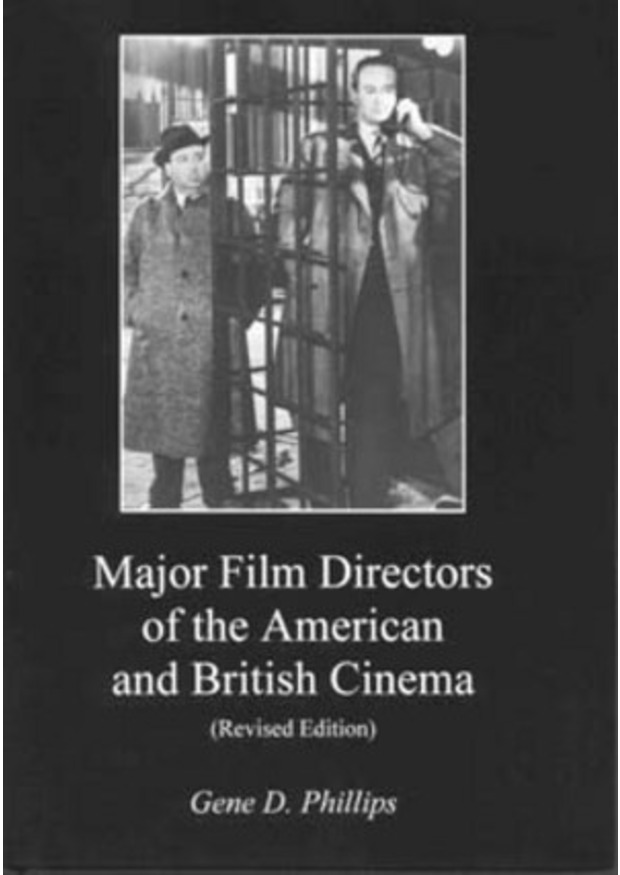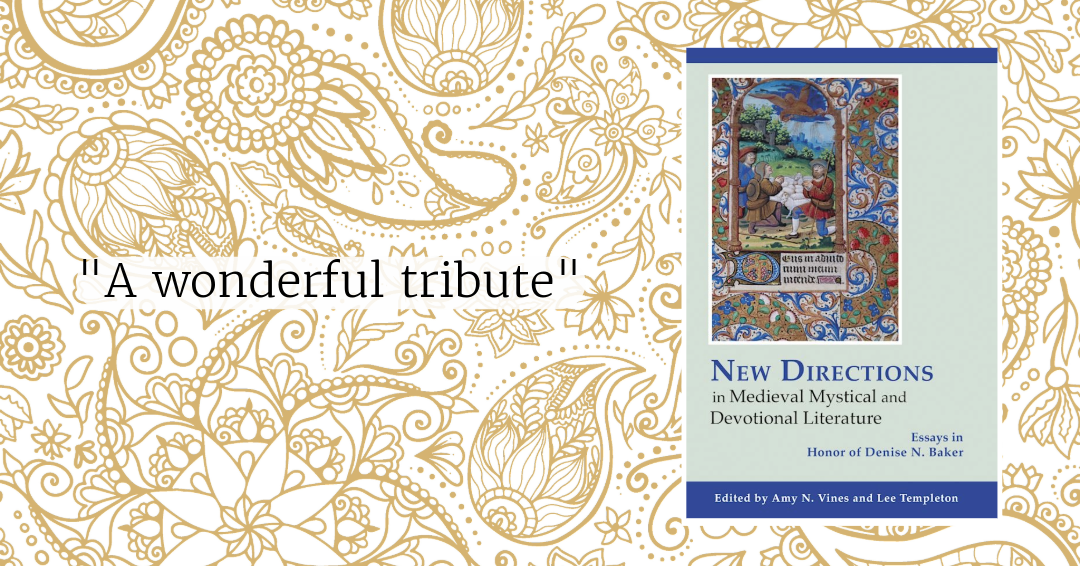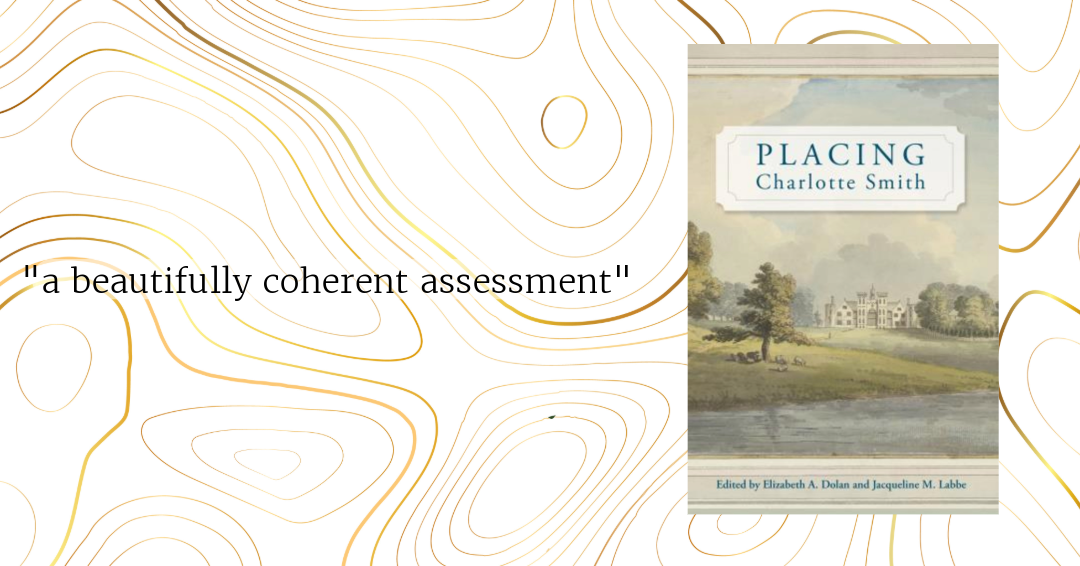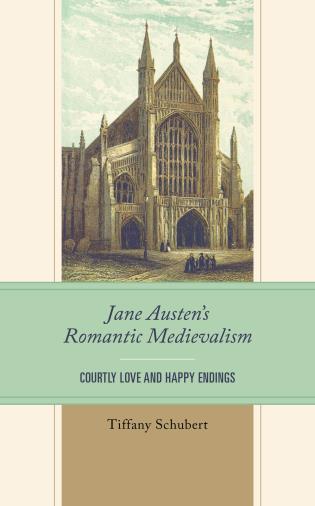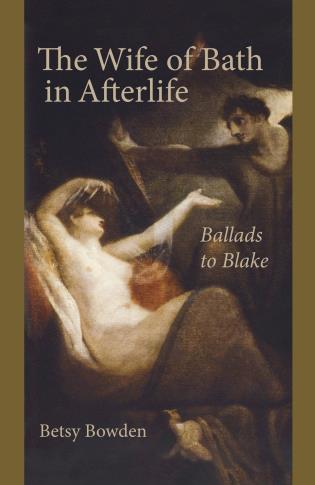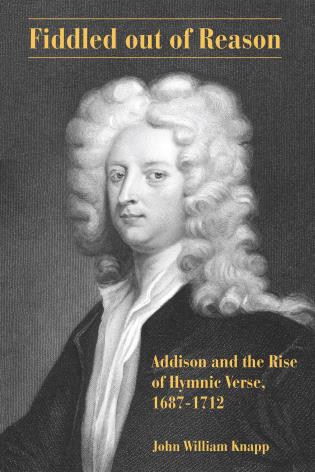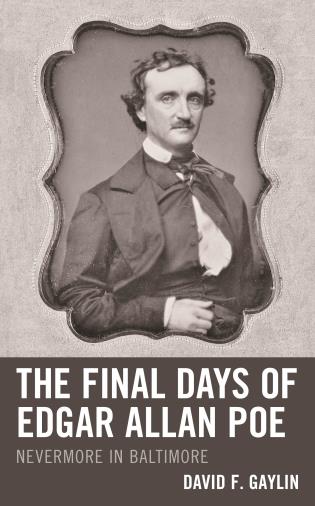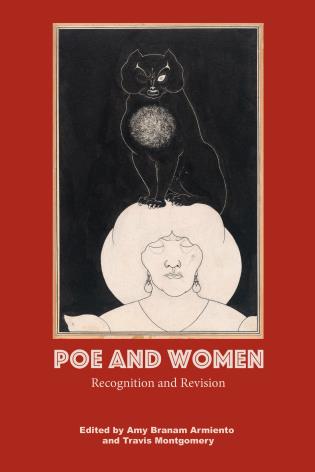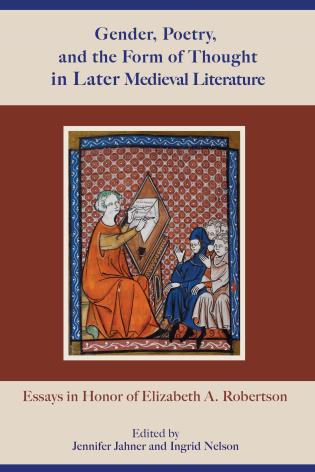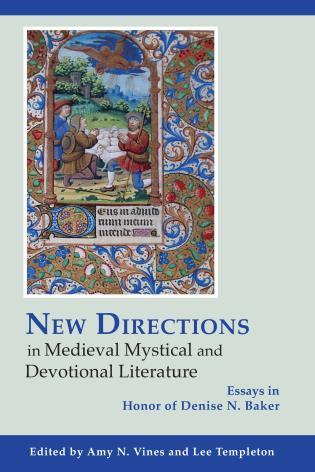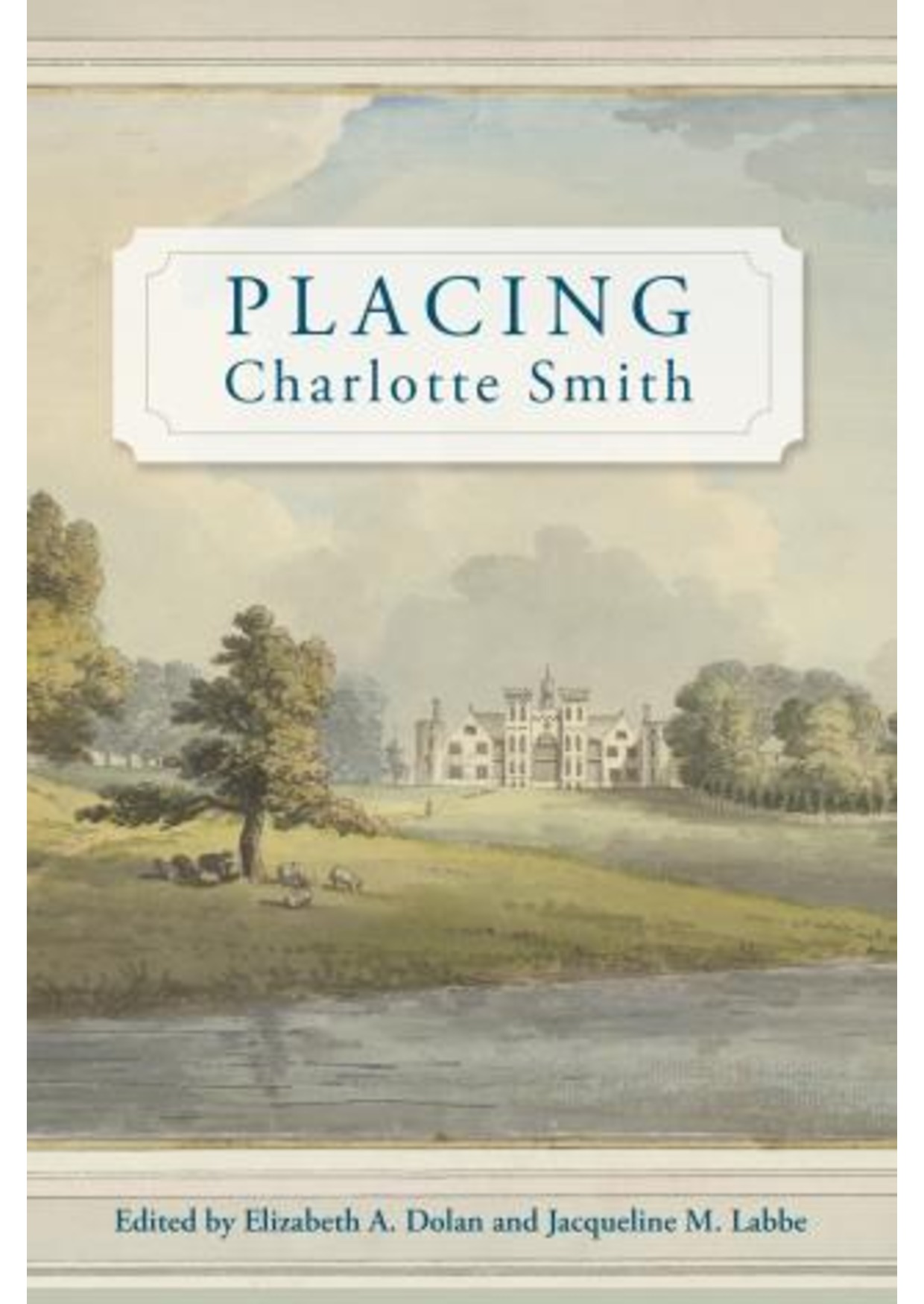Revised Edition
This new edition of Major Film Directors of the American and British Cinema is a revised, updated, and expanded version of the previous edition. Gene D. Phillips focuses on fourteen American and British directors to tell the story of the history of cinema from the days of silent movies to the advent of sound, color, and widescreen. Phillips has chosen those moviemakers who have made enduring works that still appeal to filmgoers today as attested by their availability on television and on videocassette. These directors include Charles Chaplin (The Great Dictator) and David Lean (Lawrence of Arabia), who are touchstones of film history. In addition to standard directors, the book also includes Carol Reed (The Third Man) and Joseph Losey (The Servant), who warrant more attention than they have received in other cinema histories because of their significant contributions to motion picture history. Moreover, Phillips seeks to represent the various trends in filmmaking that have evolved over the years, such as American film noir, which is included in the discussion of Alfred Hitchcock's films, and British social realism, which is included in the discussion of Bryan Forbes's films.
The author has conducted personal interviews with George Cukor (My Fair Lady), John Schlesinger (Midnight Cowboy), and Ken Russell (Women in Love). Phillips also observed Hitchcock shooting his next-to-last film, Frenzy, on location in London, and he corresponded over a period of years with several of the directors treated in this volume. All of these features lend the book a "first-hand" dimension and increase its merits as a work of original scholarship.
This updated edition includes a new chapter that reviews the state of the artist in the film industry today and indicates how the directors treated in this book have made possible the individualism and independence that is the hallmark of today's directors. This chapter also discusses the recent films made by directors, such as Francis Ford Coppola (the Godfather trilogy), who have continued to be active since the previous edition appeared.
The author has also updated the bibliography, notes, and filmography that appear at the end of the volume.
In analyzing the work of eight American and six British filmmakers, Major Directors of the American and British Cinema will appeal to serious film buffs, without putting it beyond the reach of the average reader. In his Film Newsletter review, Henry Herx of the National Center for Film Study summed up the text this way: "Each filmmaker is accorded a detailed treatment of his career, which shows how each...has dealt with the uneasy tension that has always existed between the film artist and the box office pressured of making a profit....The directors chosen and the treatment given to the relationship each has to the development of the medium will serve the needs of most introductory film classes."
